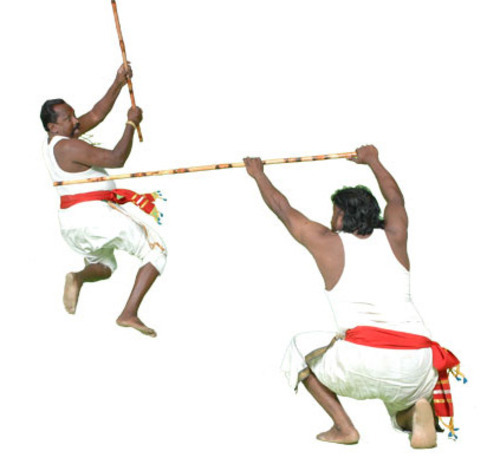News Highlight
Shriram Bharatiya Kala Kendra brings the 46th edition of Krishna, a dance drama.
The life of lord Krishna will be performed in traditional dance forms such as Mayurbhanj Chhau and Kalaripayattu.
Chhau
- Chhau dance is a semi-classical Indian dance combining martial and folk traditions that originated in the Kalinga (Odisha) area from Mayurbhanj and spread to West Bengal and Jharkhand in various forms.
- In 2010, it was included in the UNESCO’s Representative List of Intangible Cultural Heritage of Humanity.
- The dance is most commonly seen during the spring festival, which lasts 13 days. It involves the entire community.
- The dance is performed by male dancers at night in an open space. It is a fusion of dance and martial arts that employs mock combat techniques.
- The Chhau dance’s theme is based on Hindu mythology.
Mayurbhanj Chhau
- It is a dance form that has a long history.
- Originally a tribal dance originated in the forests of Mayurbhanj, Odisha, in the 18th century.
- It got the status of a martial art form in the 19th century.
- Background:
- Chhau is found in three styles named after the location where they are performed, i.e.
- The Purulia Chau of Bengal,
- The Seraikella Chau of Jharkhand,
- The Mayurbhanj Chau of Odisha.
- The most prominent difference among the three subgenres is regarding the use of masks.
- While the Seraikela and Purulia subgenres of Chhau use masks during the dance, the Mayurbhanj Chhau uses none.
Kalaripayattu
- Kalaripayattu, also known simply as Kalari, is an Indian martial art that originated in modern-day Kerala, a state on the southwestern coast of India.
- A ‘Kalari’ is the location where this martial art is practised.
- Kalaripayattu is known for its long-standing history in Indian martial arts.
- It is also known as the “Father of Modern Kung Fu.”
- Kalaripayattu has different techniques like meipayattu (physical body exercise), vadipayattu (fight using sticks), valpayattu (fight using swords) and verumkaiprayoga (bare hand exercise).
Pic Courtesy: India mart
Content source: The Hindu



